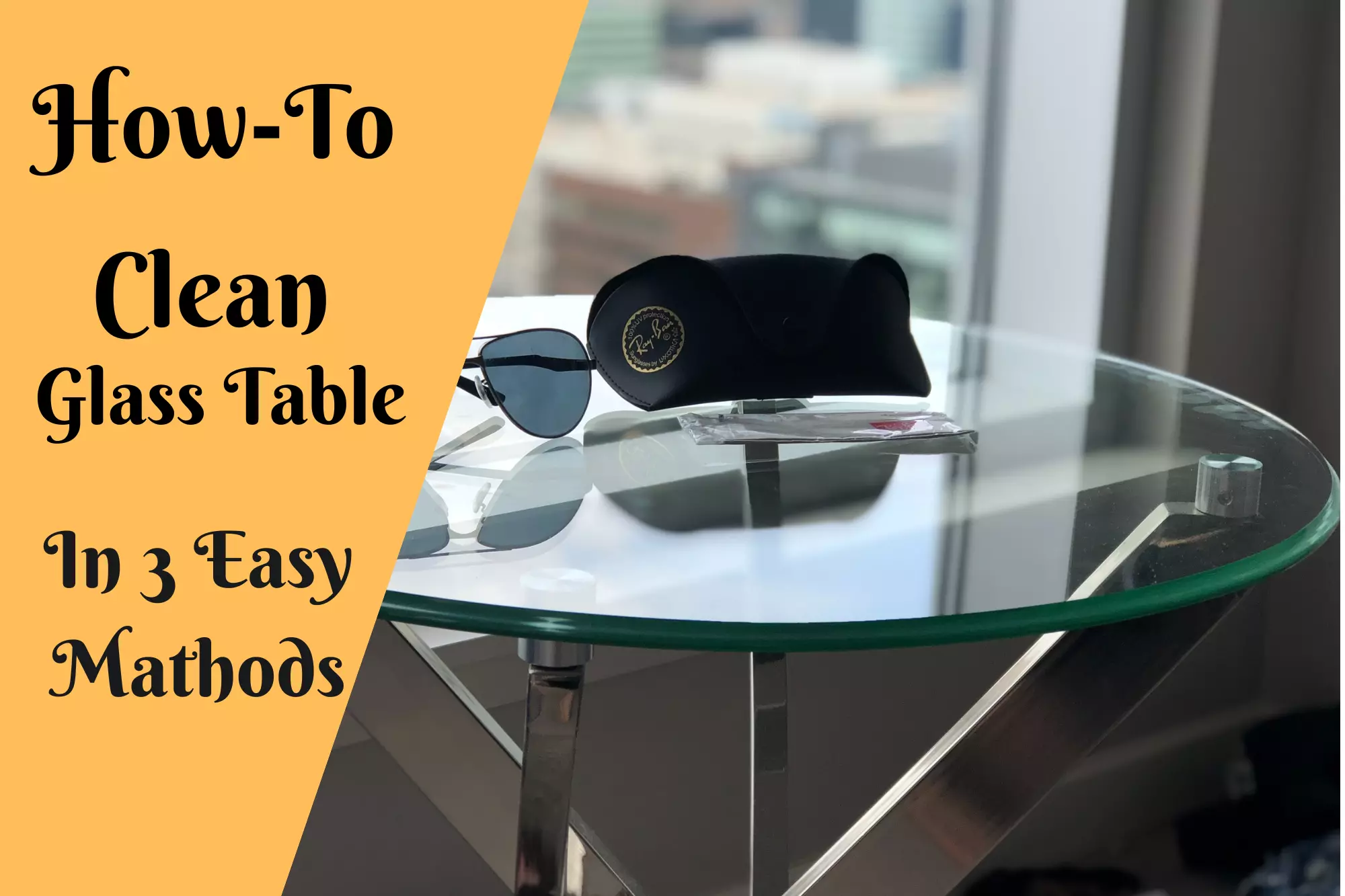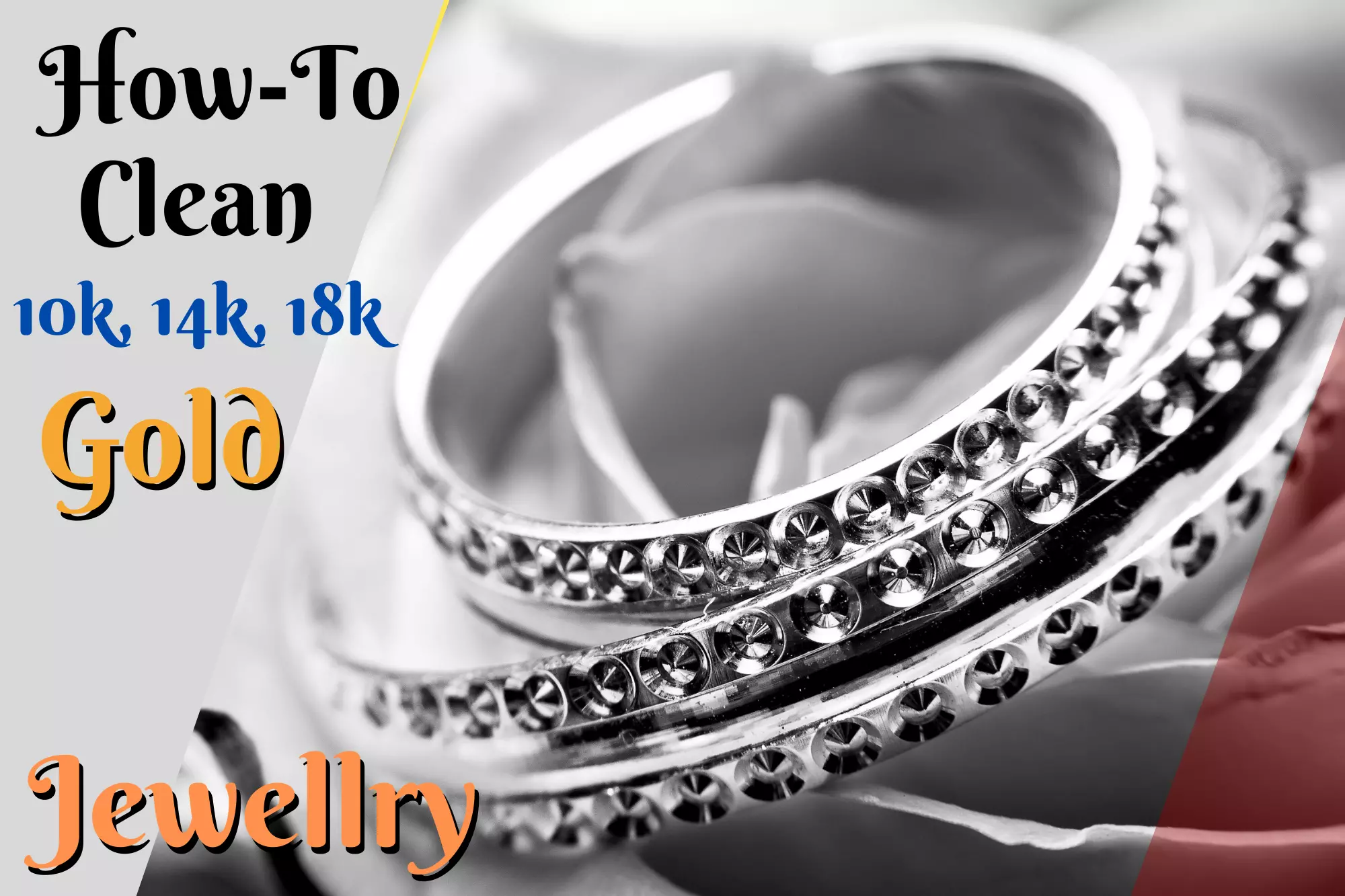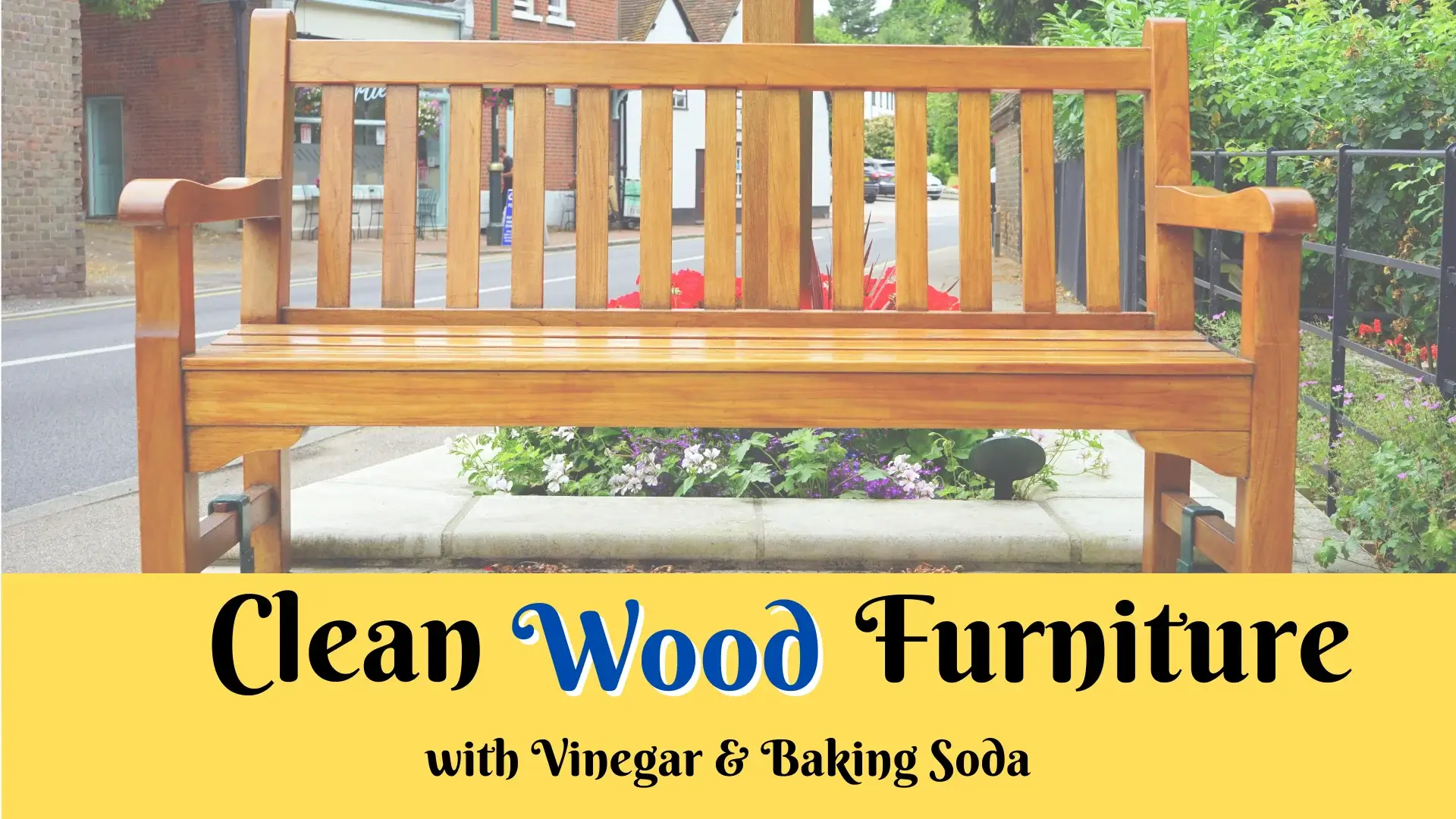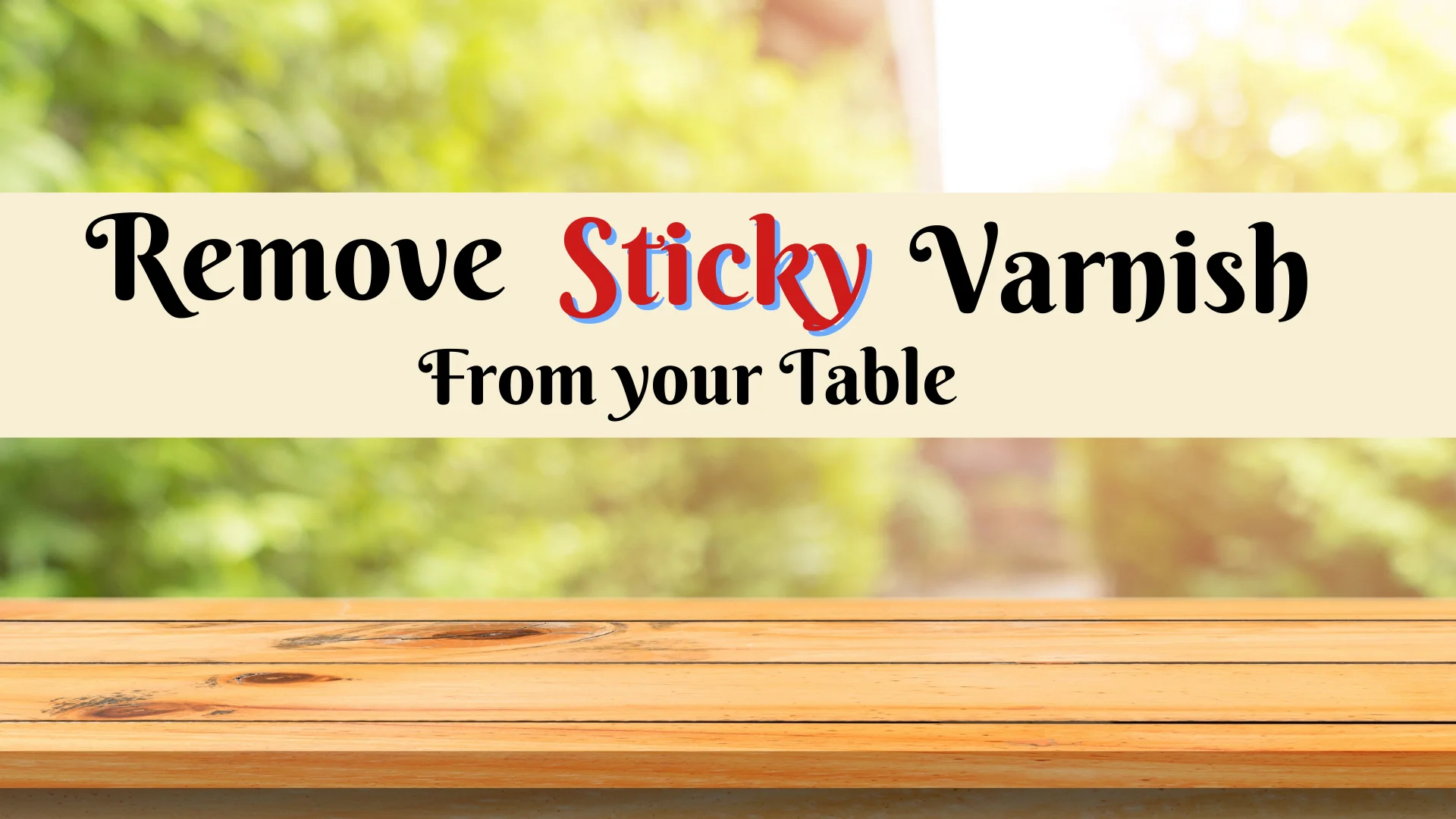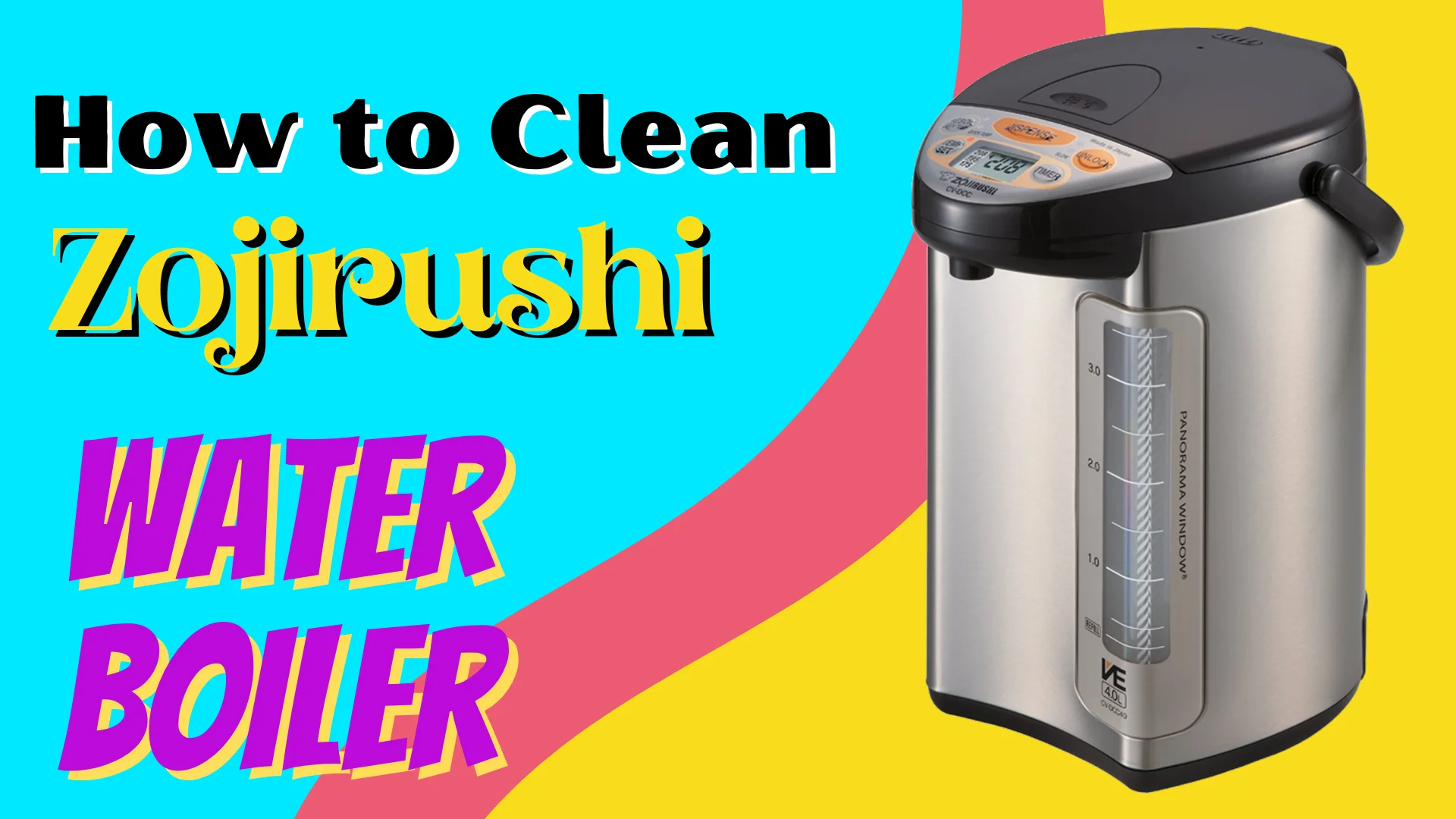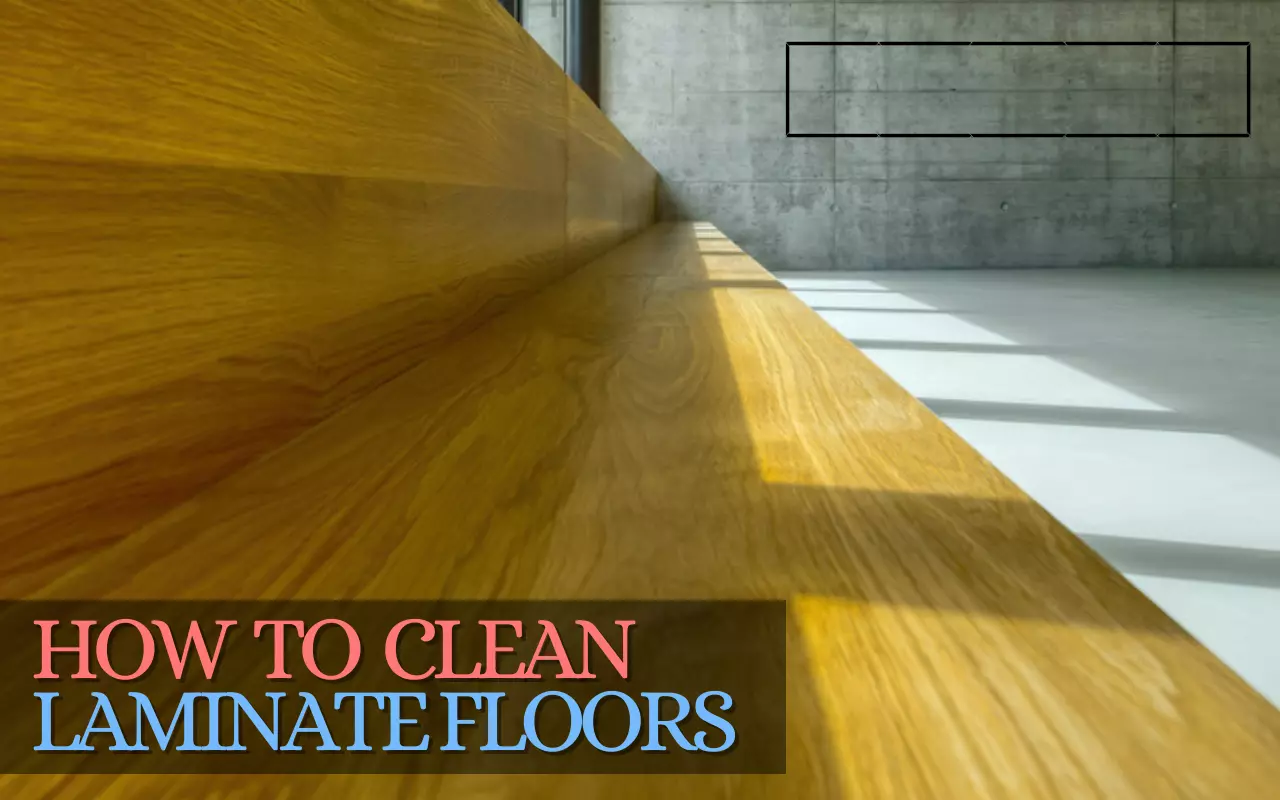How To Clean Glass Table In 3 Easy Mathods (Step-by-Step Guide)
Learn how to clean glass table with our step-by-step expert guide. The glass table is one of the most common tables you’ll find in homes worldwide. Glass table easy to clean, but it can be difficult to keep looking good and new. When you’re looking for ways to spruce up your home, cleaning glass tables is one of the best options. Glass tables can be cleaned using different types of cleaners, including various household chemicals such as vinegar and lemon juice. Fortunately, achieving a sparkling clean glass tabletop is a relatively simple task. Today in this post, you’ll discover four effective methods to clean your glass tabletop and restore its shine. Follow these tips to remove stubborn stains and achieve a streak-free finish. 1. Clean Glass Table With Baking Soda And Vinegar Cleaning a glass table with baking soda and vinegar is an eco-friendly and effective way to remove stains and grime. These common household ingredients can work wonders on a dirty glass tabletop. Step 1: Pour equal parts water and vinegar into a small container for later use. To make your cleaning solution, combine the water and vinegar. The size of your glass tabletop determines the quantity you make. Begin by combining 1 cup (0.24 L) of water and vinegar, then add more later if necessary. While you make the baking soda paste, set aside the mixture. Step 2: Make a paste with 0.5 cup (0.12 L) baking soda and at least 3 teaspoons (44 mL) water. To clean the glass surface without harsh chemicals, create a thick mixture by combining baking soda and water in a small basin. This mixture can be used effectively to clean the glass surface. The method is eco-friendly and safe. Step 3: Using a sponge, apply the baking soda mixture to the table. After dipping the sponge into the basin, rub the paste mixture over the table in circular, sweeping motions. Strive to be as meticulous as you can, and make sure to cover the entire surface of the glass. Choose a soft sponge that won’t scratch or leave marks on the glass. Use a soft sponge that will not leave marks or scratches on the glass. When spreading the baking soda, avoid using items such as steel wool. Step 4: Use a sponge dipped in the vinegar mixture to rinse the table. Use lengthy, sweeping motions to clean the table after soaking the sponge in the vinegar solution. Continually rinse the baking soda until all of it is gone. Based on the size of your table, this can take a while. Consider keeping a small basin or bucket near the table’s edges to capture any vinegar that spills off the table. Step 5: Wipe the glass with a squeegee and allow it to dry. Run a plastic squeegee along the table in straight lines. To remove any extra fluid from the table, work in a grid pattern. After you’ve finished cleaning the table, let it air dry. Continue to catch any extra fluid in a spare container or bucket. A squeegee can be purchased in the car supply department of a store or online ALSO READ How to Hire Contractor for Home Renovations in 2022 How to Clean TV Screen Without Streaks – A Quick… Which Kitchen Countertops Are The Best? (Answered) 2. Clean Glass Table Spraying with Glass Cleaner or Vinegar Looking for an easy way to clean your glass table? Spraying it with glass cleaner or vinegar can be a simple and effective solution. Here’s what you need to know. Step 1: Spray the surface with glass cleaner. Use the amount of product specified on the bottle. Make sure to cover all regions and corners of the table with spray. To avoid streaks, wipe any visible debris from the table with a microfiber cloth or other soft material before spraying on the cleaner. Step 2: If you don’t want to use a glass cleaner, use white vinegar instead. Vinegar can be used to clean dirt and grime from a table. Fill a small spray bottle halfway with white vinegar for easier application. Spray until the entire surface of the table is fully covered. Step 3: To thoroughly wipe the glass, use lengthy, circular strokes. Rub the cleaning solution into the table’s surface with a microfiber cloth. Wipe clean with a lint-free cloth, as lint can make your table appear dusty and cause streaks. 3. Taking Preventative Action Place coasters beneath liquids to prevent the appearance of drink residue. Place your drinks on coasters to prevent rings from developing on the surface. Keep at least a dozen on hand in case you have guests. Cork and sandstone are excellent choices since they do not attach to the glass. Use newspaper to remove minor imperfections. If something spills on your glass table, wipe it down with a little newspaper in small, circular strokes. You can also use newspaper instead of a microfiber cloth when applying cleaning agents. Clean your table daily to keep it looking new and shining. Wipe down your glass table regularly to avoid removing a lot of filth and debris all at once. Depending on how frequently you use the table, set aside a few minutes each week or month to wipe the glass. If you live with others, consider alternating cleaning responsibilities. Conclusion: In this article, I’ve shown you how to clean your glass table. I hope that you were able to learn something new about this process and the products needed for it. If you have any question, please feel free to contact us at any time. We would love to help you out!

